
Did you know that barbets are related to woodpeckers? Their zygodactyl feet – two toes forward, two to the rear – and their habit of using their tail as a prop when working on a tree illustrates these family ties.
There’s another living link but between the toucans and the barbets: the toucan barbet (Semnornis ramphastinus), bred at Winged World UK in 1972. This bird shares a family with another species, the prong-billed (S. frantzii ).
“Barbet” derives from the French word “barbu” meaning bearded, which refers to the bristle-like feathers surrounding their stout bills. This is very prominent in the bearded barbet (Lybius dubius).
Some barbet species, including the bearded and similar-looking double-toothed barbet (L. bidentatus), which lacks the broad black breast band of the bearded barbet, have tooth shapes on their upper mandible, giving the impression they’re carrying something in their beaks.
Although barbets are mainly fruit eaters, the beaks of the larger species, unlike those of toucans and toucanets, are not fashion accessories. They’re strong, efficient woodworking tools and I can testify that even a small barbet, like the brown-throated (Psilopogon corvinus) can inflict a memorable bite.
Geographical connections
The barbets comprise a vast number of species, many of which are colourful, extrovert birds. A small proportion is well known to aviculturists.
Some have been bred in the UK and there are numbers recorded of those kept in captivity. San Diego Zoo, California, and Frankfurt Zoo in Germany have had notable success, and the bearded barbet is one of the most frequently bred barbets in the US and Europe.
この記事は Cage & Aviary Birds の October 09, 2019 版に掲載されています。
7 日間の Magzter GOLD 無料トライアルを開始して、何千もの厳選されたプレミアム ストーリー、9,000 以上の雑誌や新聞にアクセスしてください。
すでに購読者です ? サインイン
この記事は Cage & Aviary Birds の October 09, 2019 版に掲載されています。
7 日間の Magzter GOLD 無料トライアルを開始して、何千もの厳選されたプレミアム ストーリー、9,000 以上の雑誌や新聞にアクセスしてください。
すでに購読者です? サインイン
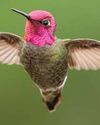
The World's Best-Known Hummingbird?
Intensively studied, the gem-like Anna’s hummingbird is a welcome visitor to the gardens of America’s most populous state: California. Bill Naylor investigates its life history
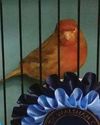
The charm of the English Cinnamon
Despite its long and complicated history, the true Cinnamon canary is still with us – in the hands of a tiny group of breeders. DONALD SKINNER-REID reckons it deserves wider appreciation
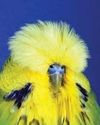
Spangles: a personal overview
FRED WRIGHT relates a budgie story of over-exploitation, consequent problems and abundant potential for the future

New converts to old breeds
Old and rare canaries have a reputation for adding fresh interest and challenge to the hobby. PETE HOOK and NICK JOY agree, and explain the birds’ charm to Dave Brown

Themed aviaries are a hit with the public at annual Stafford show
DECORATIVE AVIARY DISPLAYS from a CBS and an online bird keeping advice group were voted in the top three by visitors for the inaugural Stafford Aviary Competition.
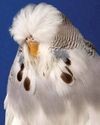
Pieds with potential
More than just a lesser variety, the dominant pied will introduce challenge and change into most studs, reckons CLIVE WAKEMAN. Here he discusses pairings to try and others to avoid

Club News
Welcome to the club and show pages – the bit that’s all about you Results: convention, specialist & rare and Breeder of the Year

Canaries Month by Month:
With Christmas around the corner, BRIAN KEENAN is well into his winter programme, and reckons he might deserve a nice outcross
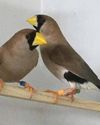
Smart Choice, Docile Nature
Dave Brown welcomes the masked grassfinch to his birdroom and shares advice on this lovely Australian species
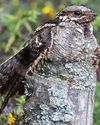
The truth about the ‘flying toad'
Odd local names and weird superstitions can’t hide the beauty and elegance of the nightjar, a species that has made a fascinating subject in a few zoo collections, reveals BILL NAYLOR